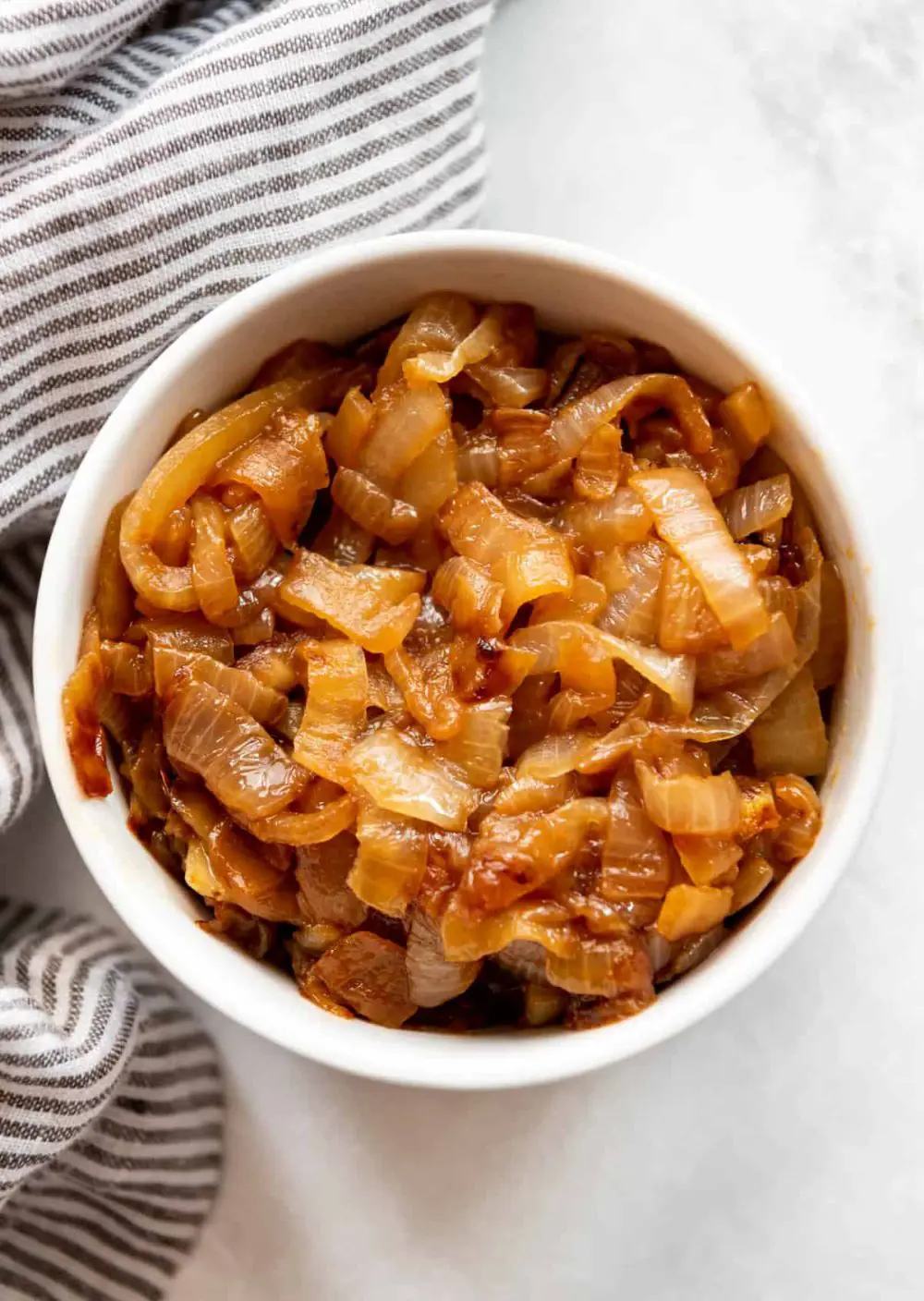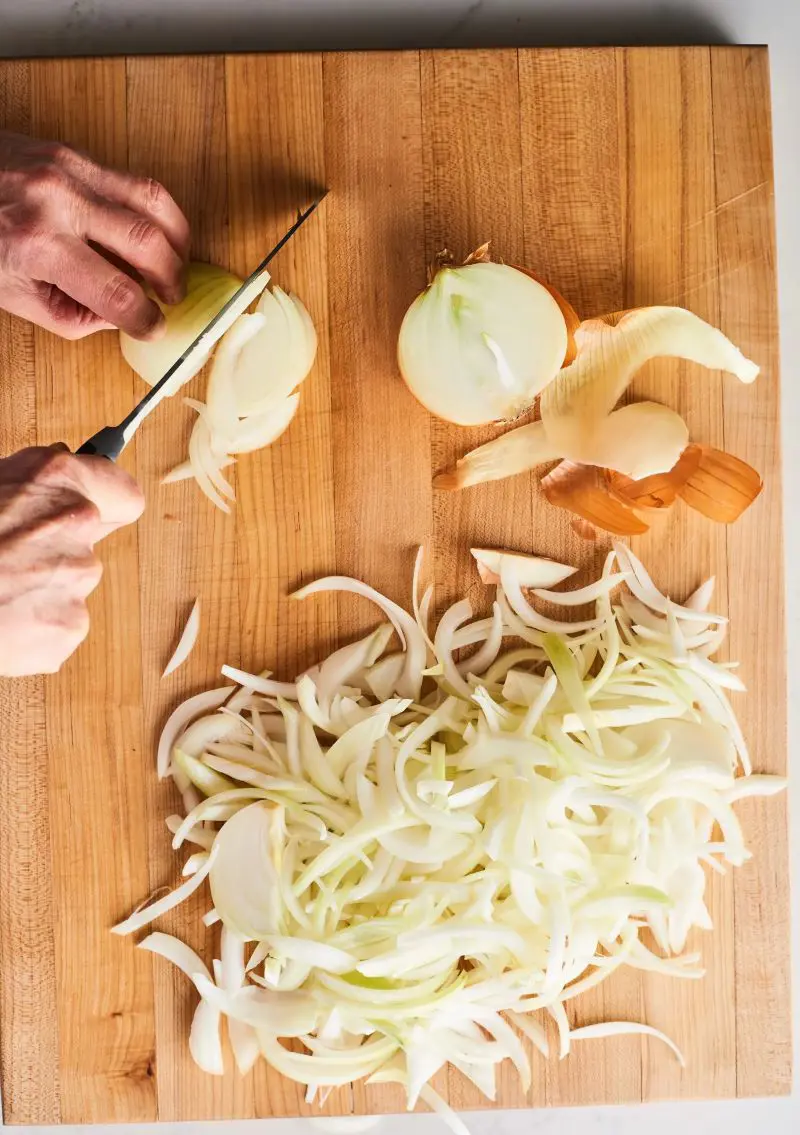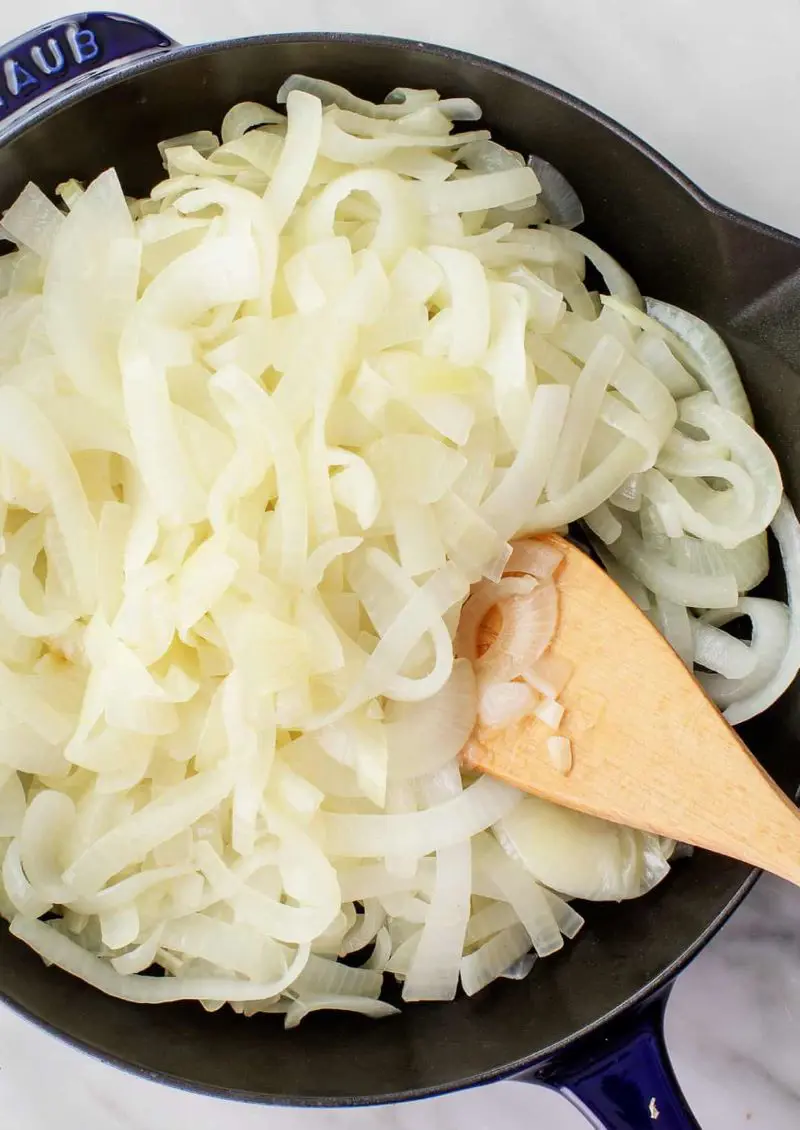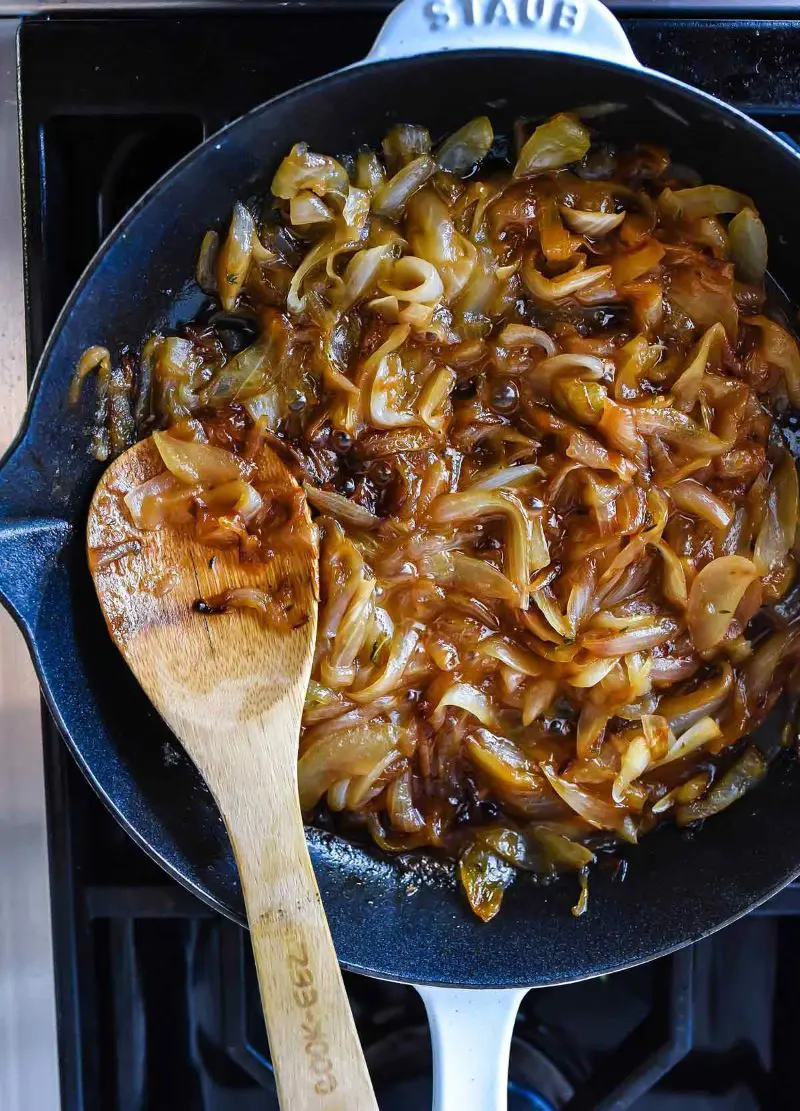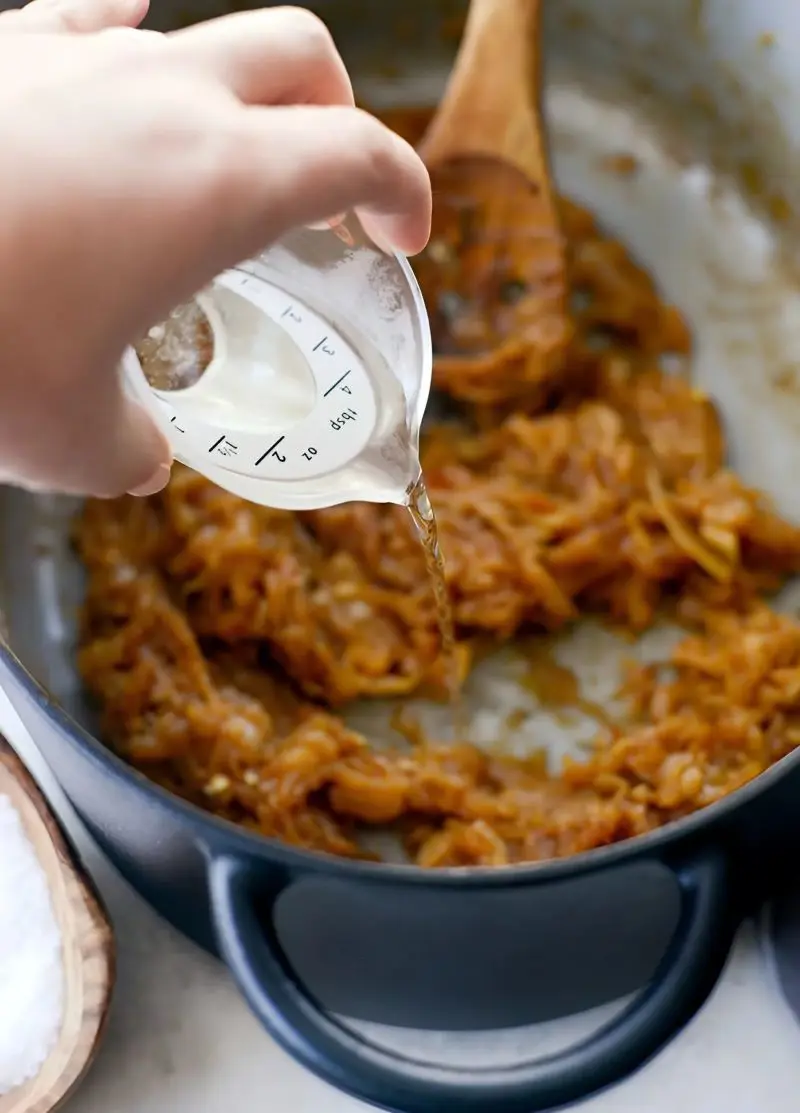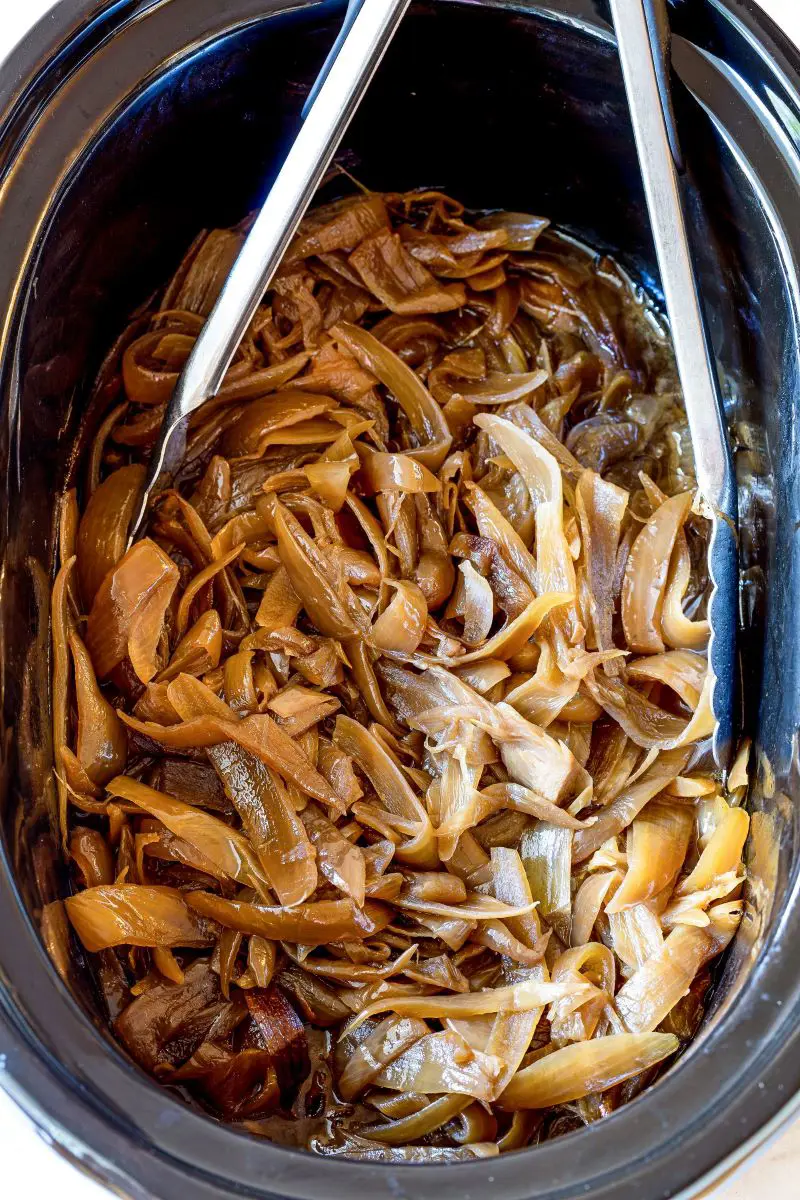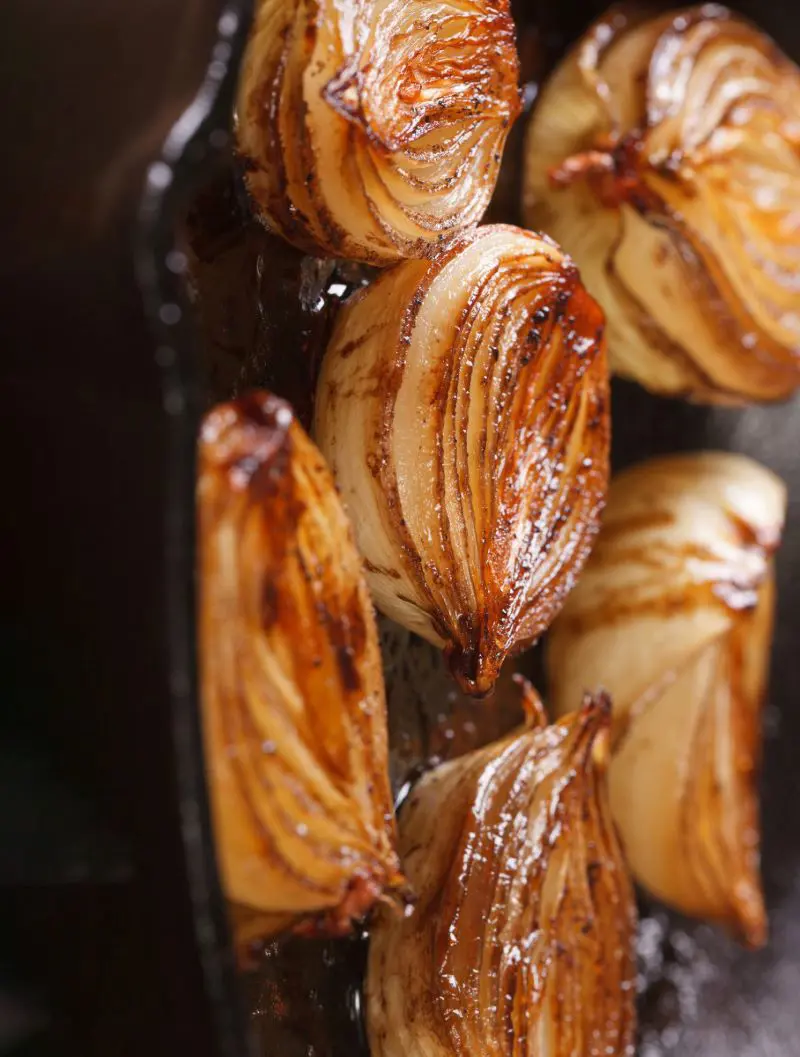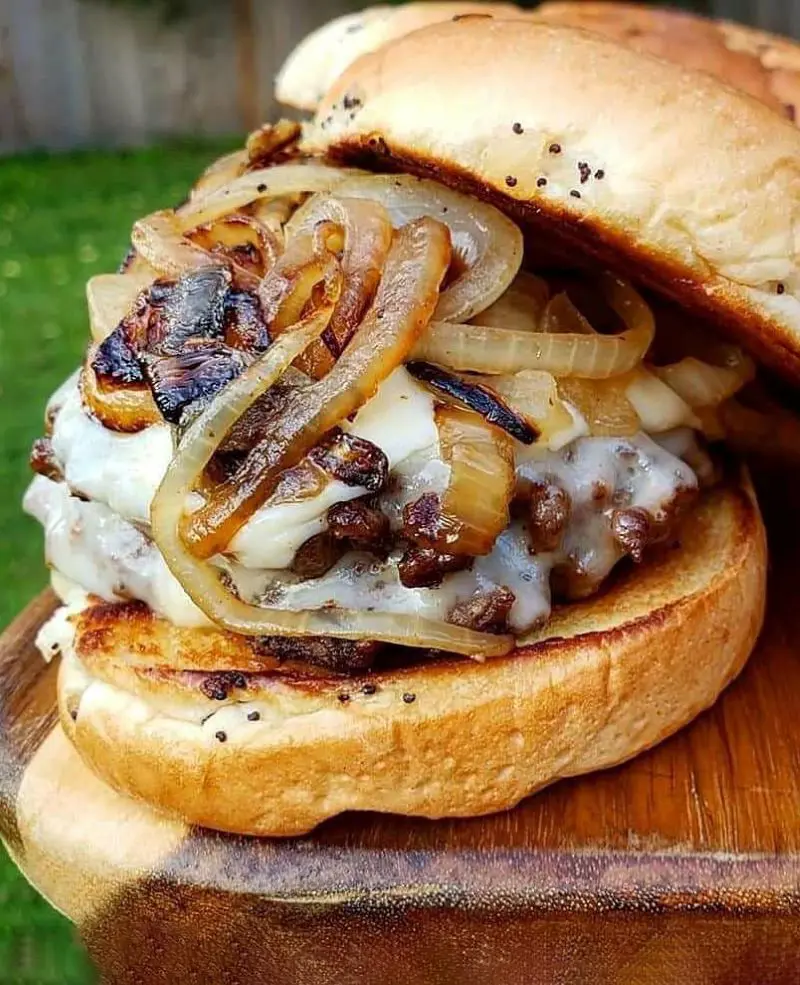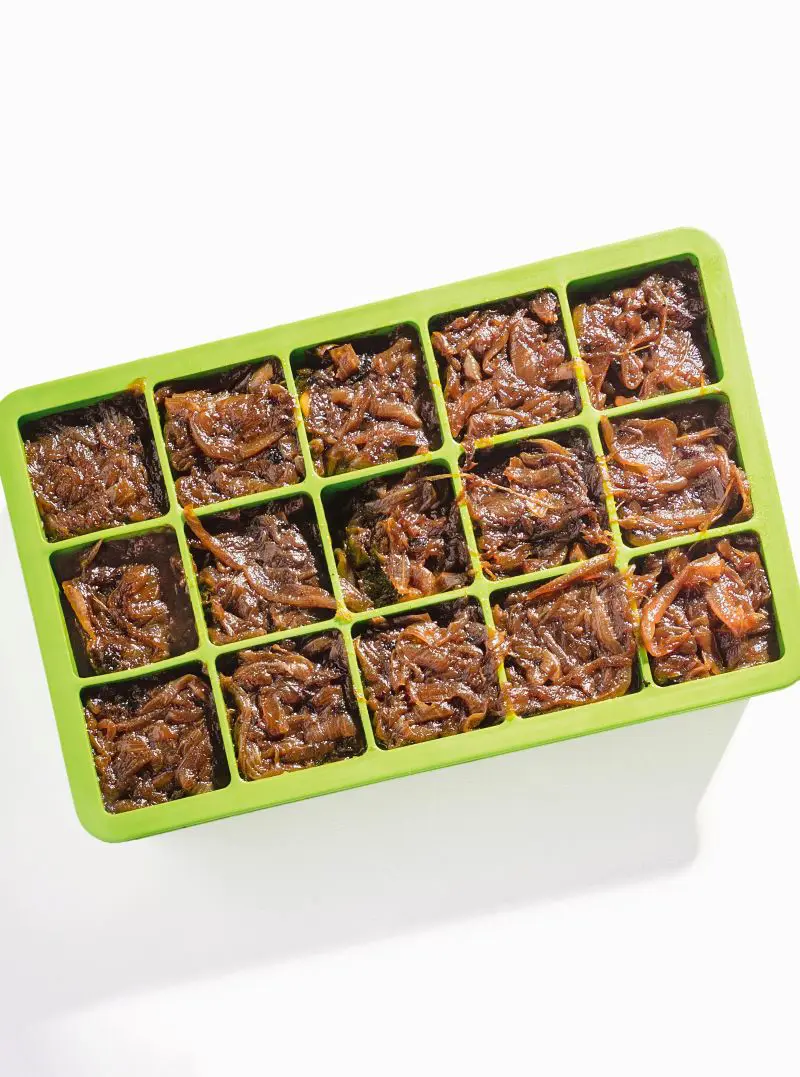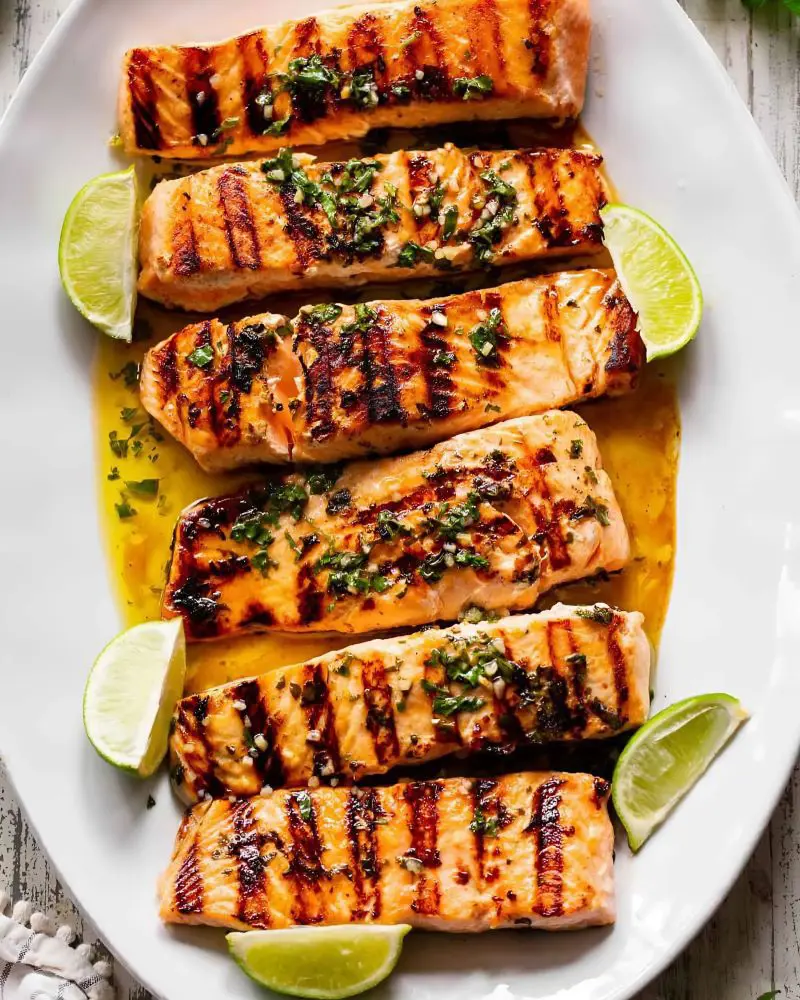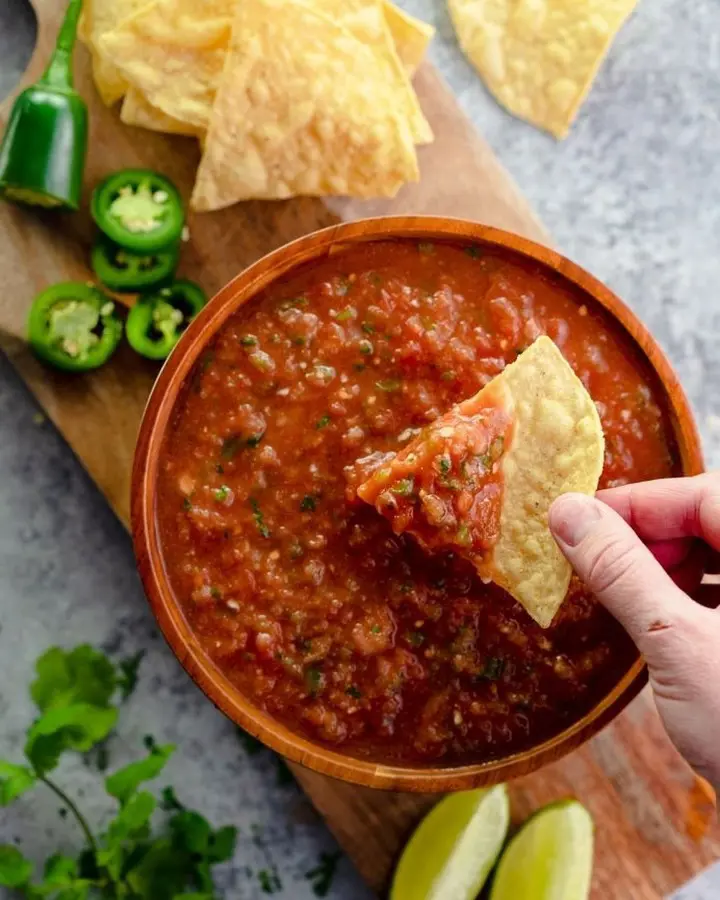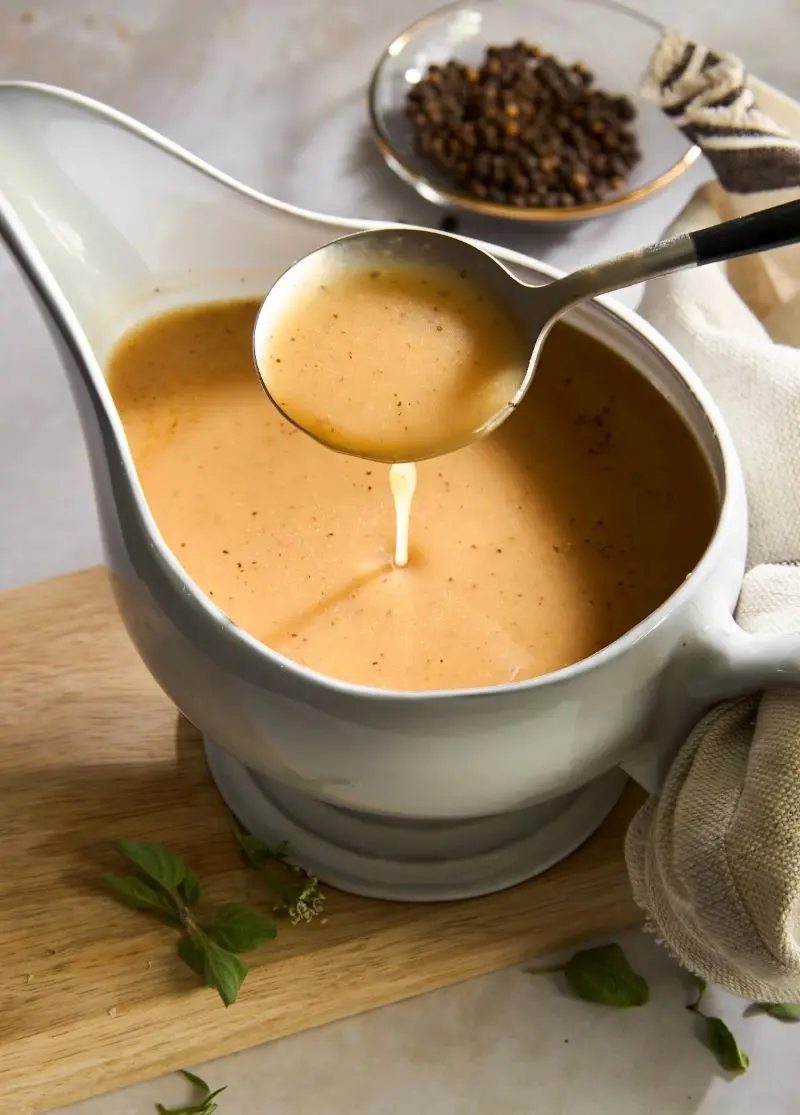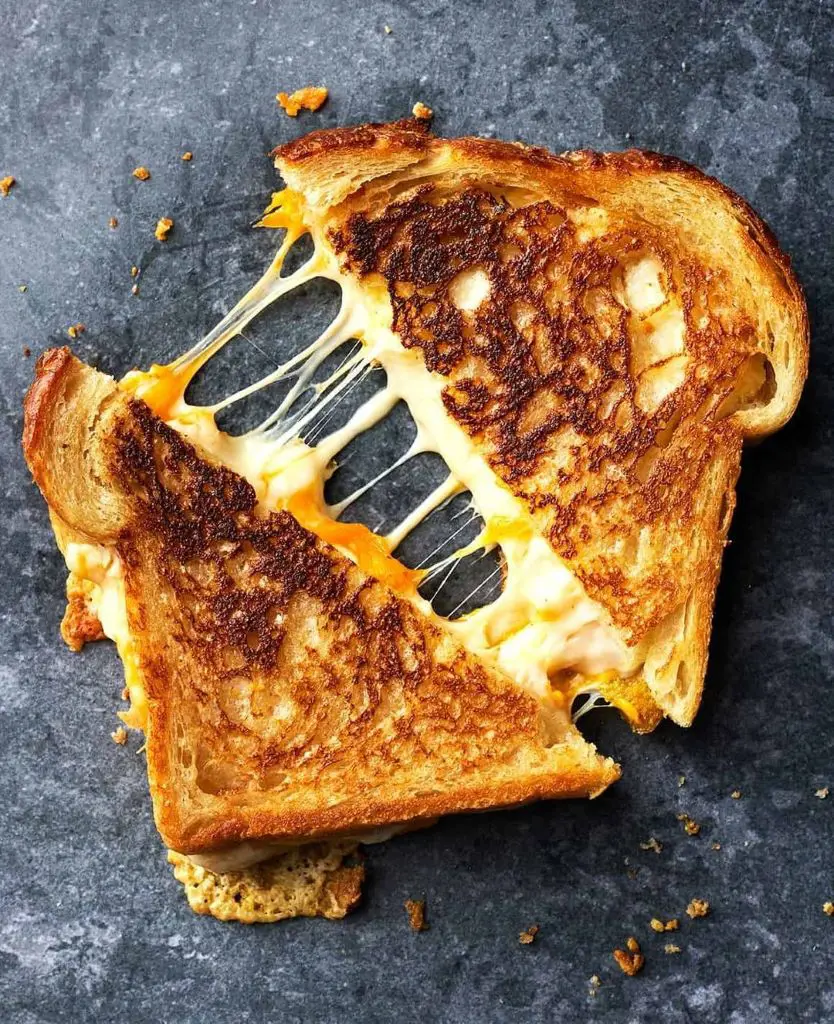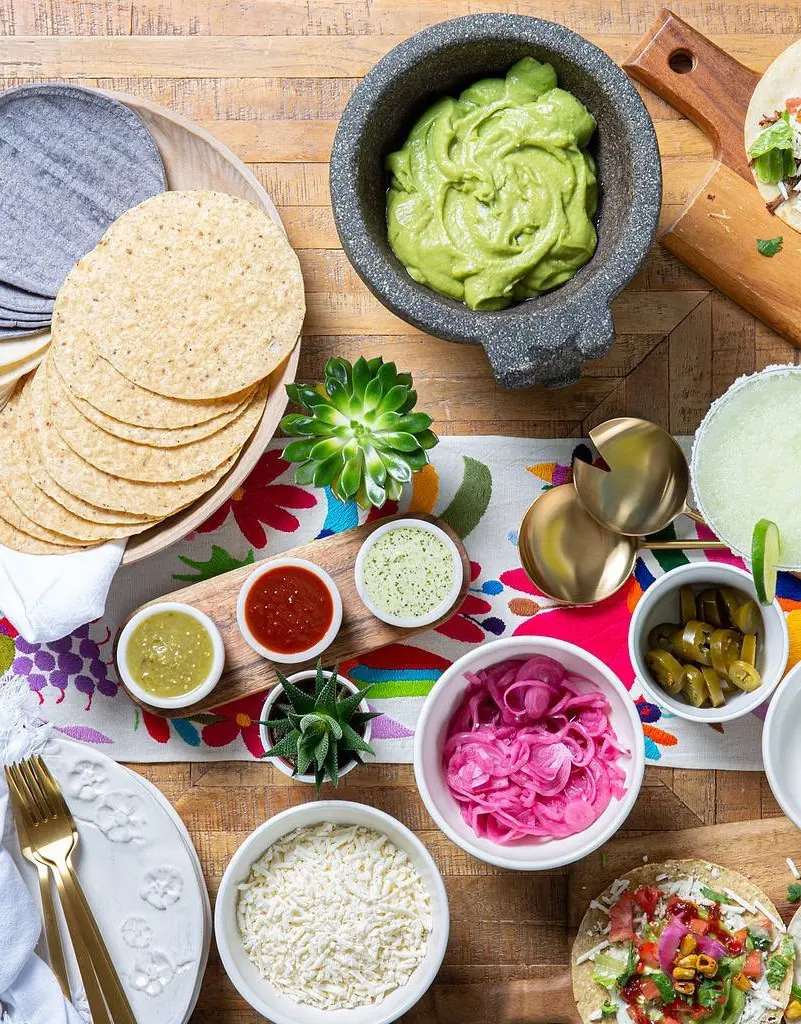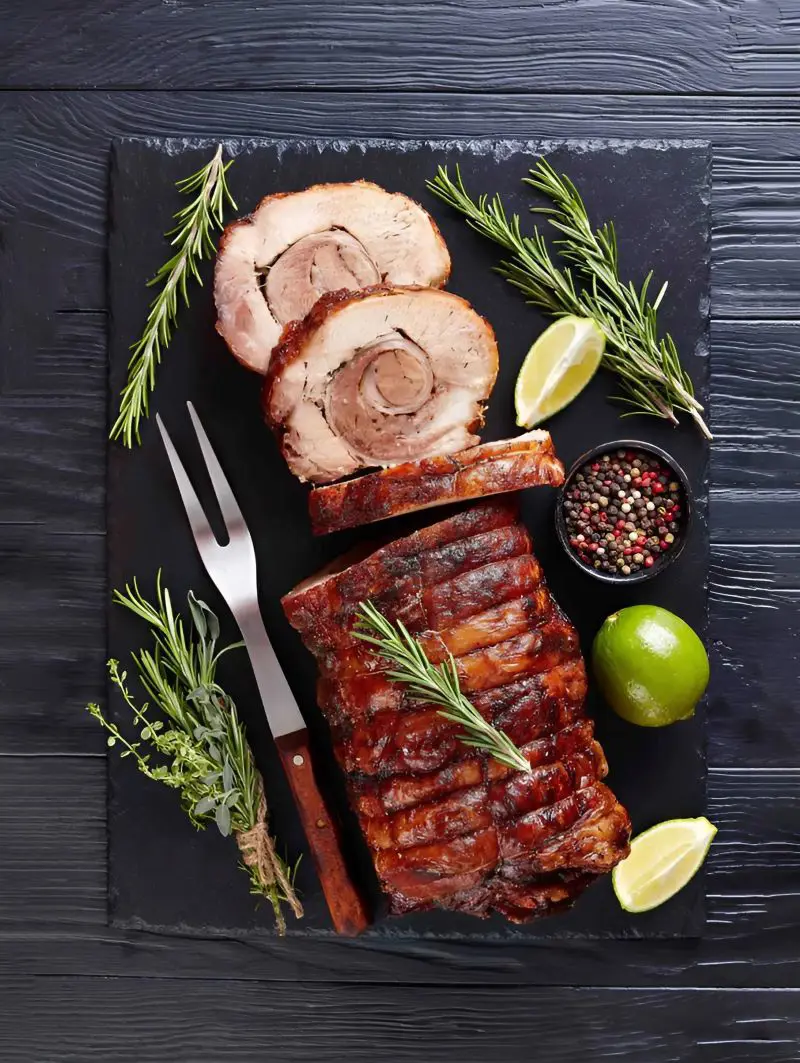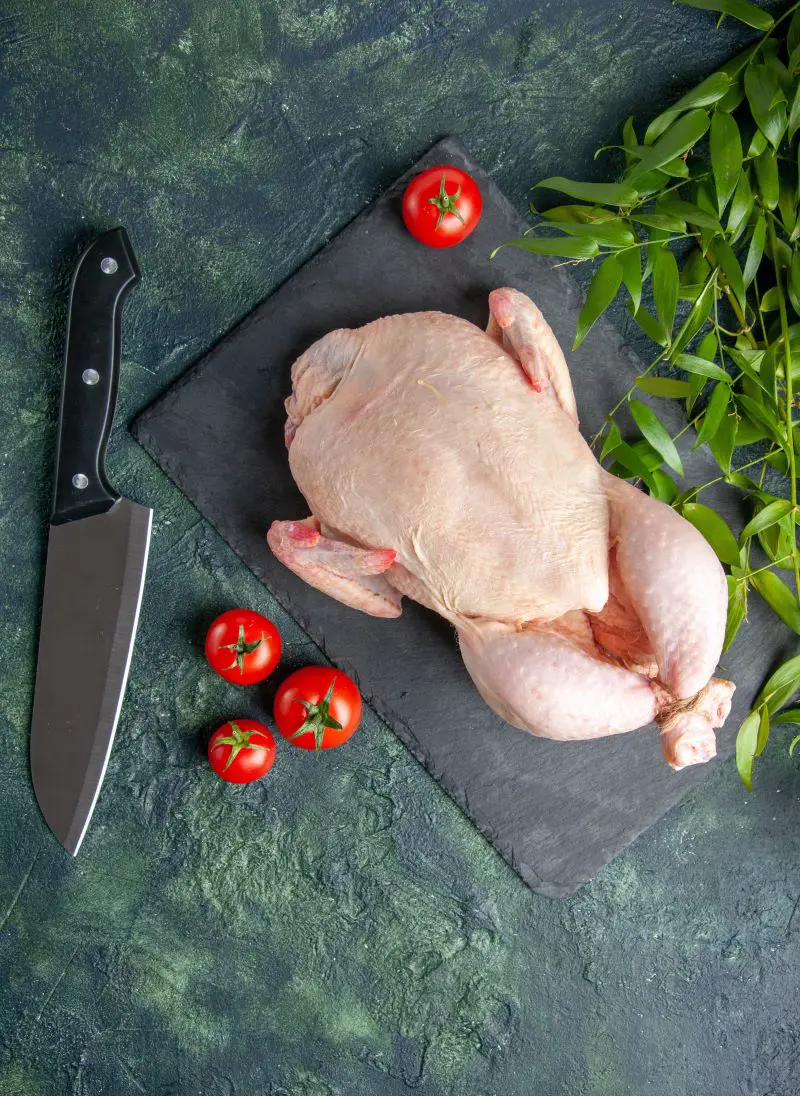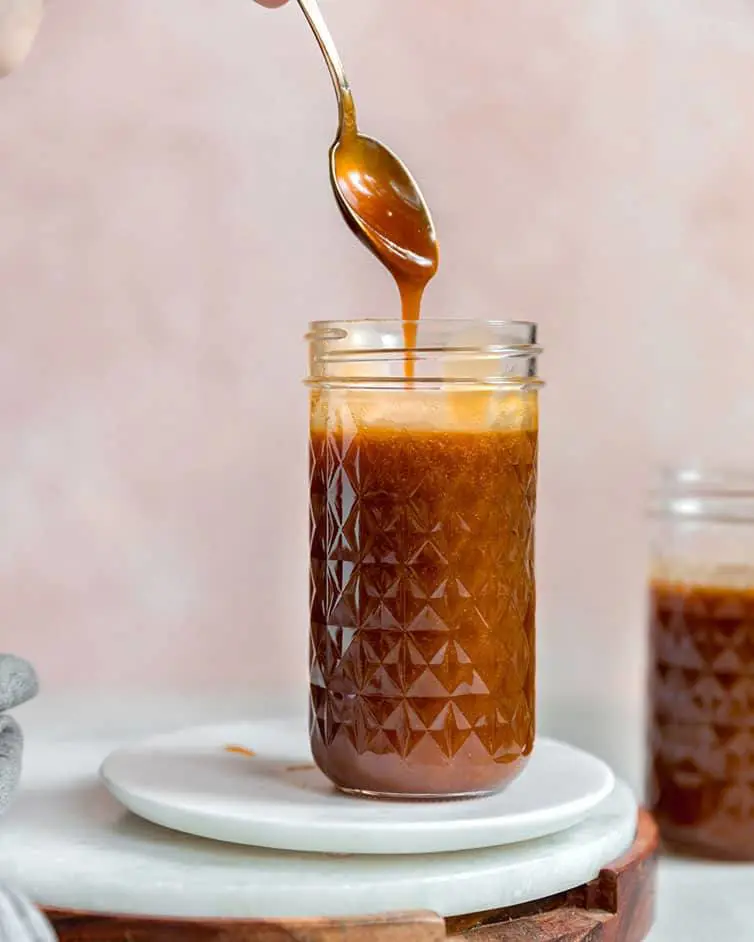What You Need to Make Caramelized Onions
Onions
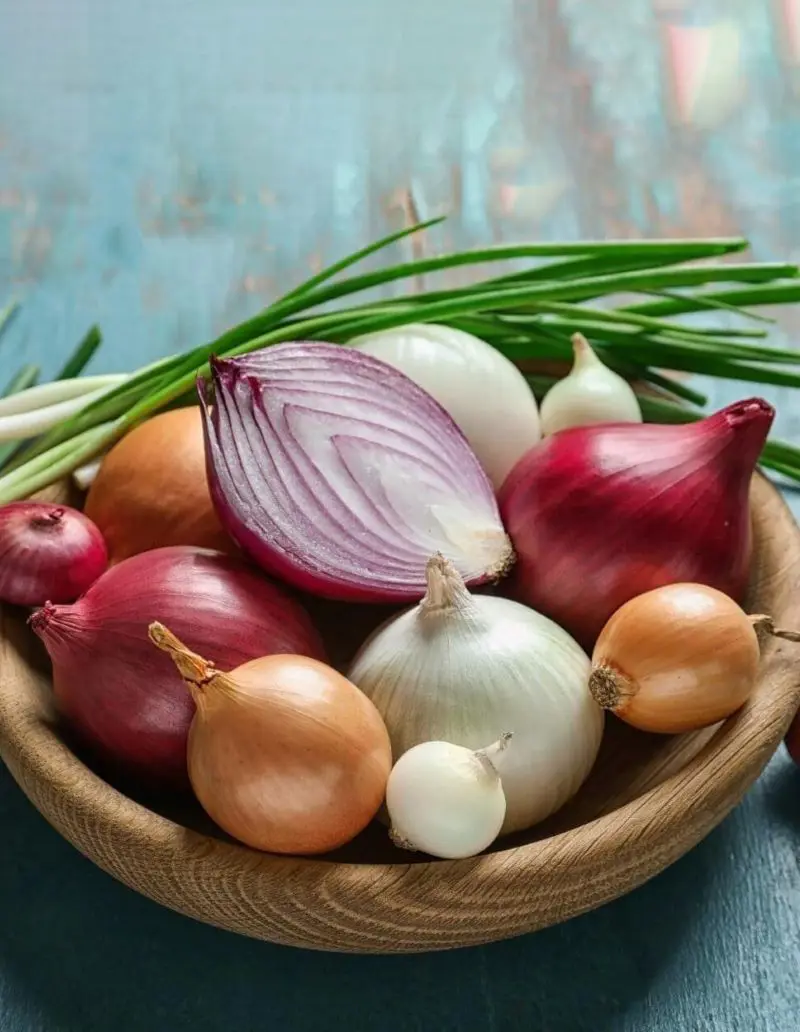
Onions are the star ingredient in caramelizing. Their natural sugars help achieve a rich, deep flavor. When cooked slowly, onions transform from their sharp, pungent raw state to a sweet, tender delight. Choose yellow onions for their balanced sweetness and versatility, or opt for red onions for a milder taste with a hint of color.
White onions will also work. You can use as many onions as you like for caramelizing.
Olive Oil or Butter
Both olive oil and butter are used to facilitate the cooking process and add richness to the onions. Olive oil contributes a fruity, slightly peppery flavor and is ideal for a healthier option. Butter, on the other hand, adds a creamy, slightly nutty richness that enhances the caramelization process.
For a decadent touch, some recipes use a combination of both to achieve a balance of flavors and textures.
Salt
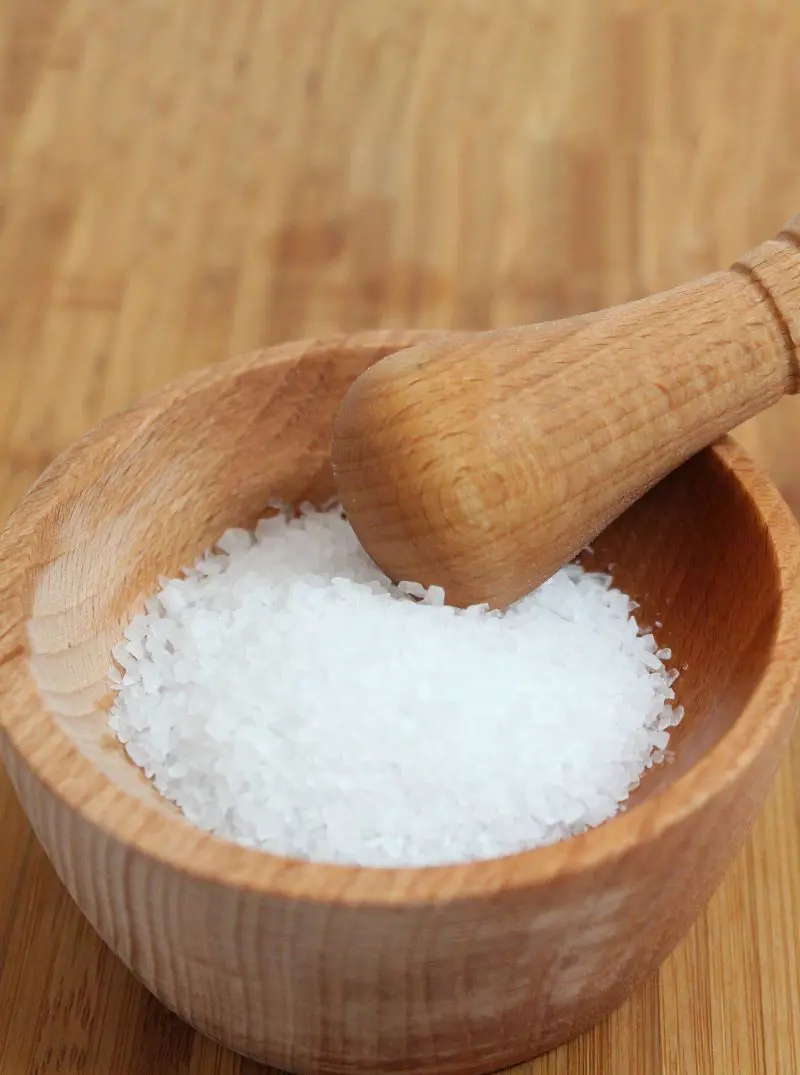
Salt is essential in caramelizing onions as it helps to draw out moisture, which speeds up the cooking process and intensifies the flavor. It also enhances the sweetness of the onions, creating a well-rounded taste.
A generous pinch of salt is typically added at the beginning of the cooking process to ensure even seasoning.
Sugar (Optional)
While onions are naturally sweet, adding a small amount of sugar can accelerate the caramelization process and deepen the sweetness. This is especially useful if you prefer a richer, sweeter flavor. Granulated white sugar is commonly used, but alternatives like brown sugar can also add a subtle hint of molasses.
Red Wine Vinegar, Balsamic Vinegar or Wine (Optional)
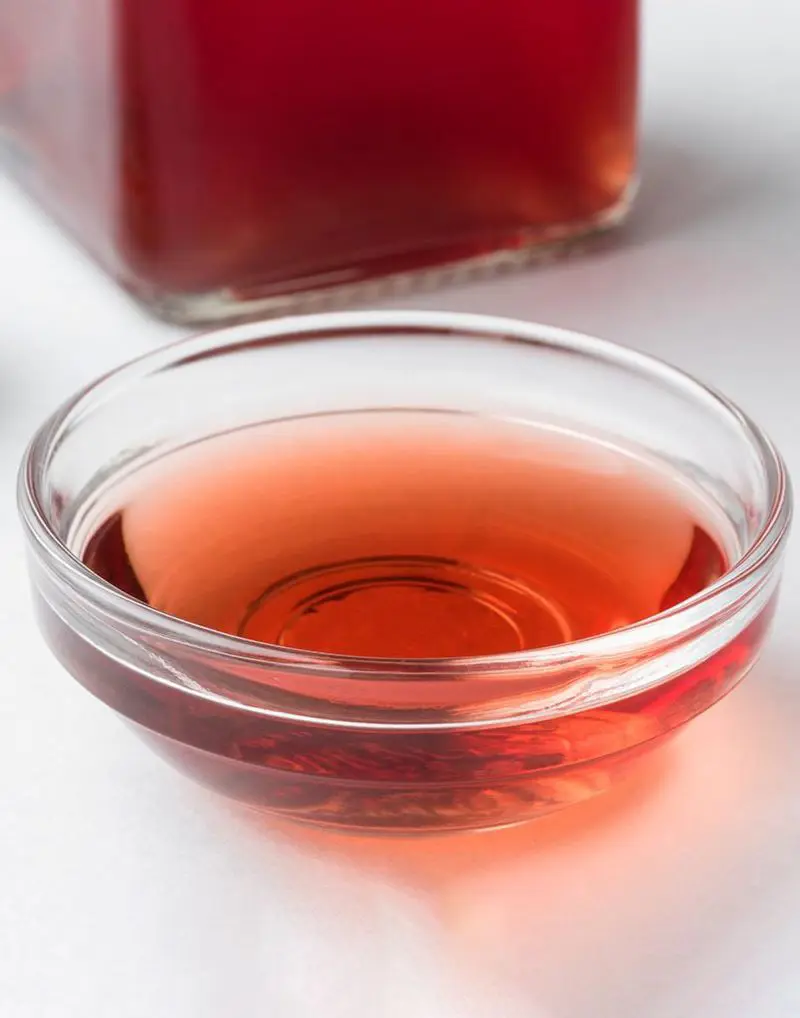
When caramelizing onions, deglazing with a splash of red wine vinegar, balsamic vinegar, or wine helps lift the flavorful bits that cling to the bottom of the pan. Red wine vinegar introduces a sharp, tangy note that cuts through the sweetness, balancing the onions' rich flavor.
Balsamic vinegar imparts a deep, complex sweetness with a hint of acidity. Wine adds depth and a subtle fruity nuance, enhancing the overall taste profile. Alternatives for deglazing include chicken or vegetable stock, port wine, bourbon, apple juice, and cider.
Each option complements the caramelized onions in its own unique way, depending on your flavor preference.
